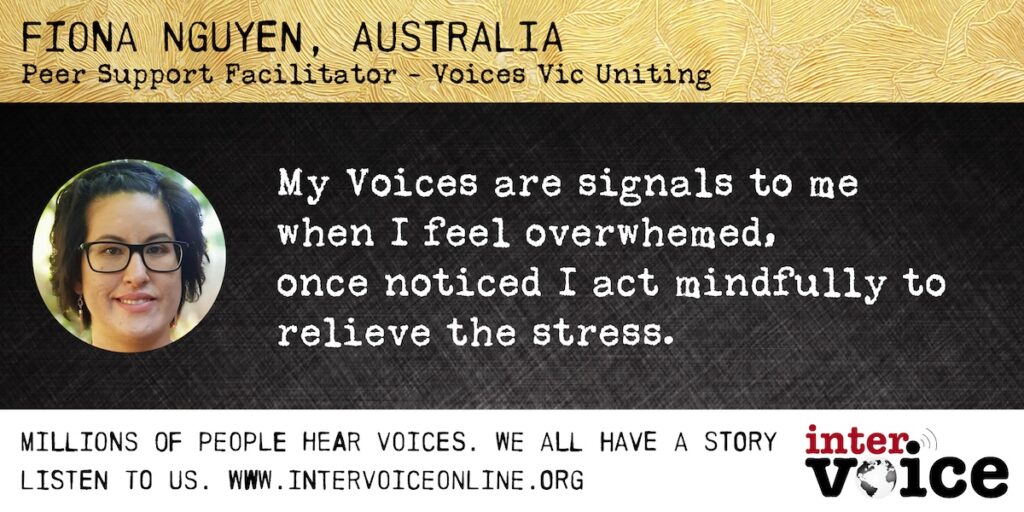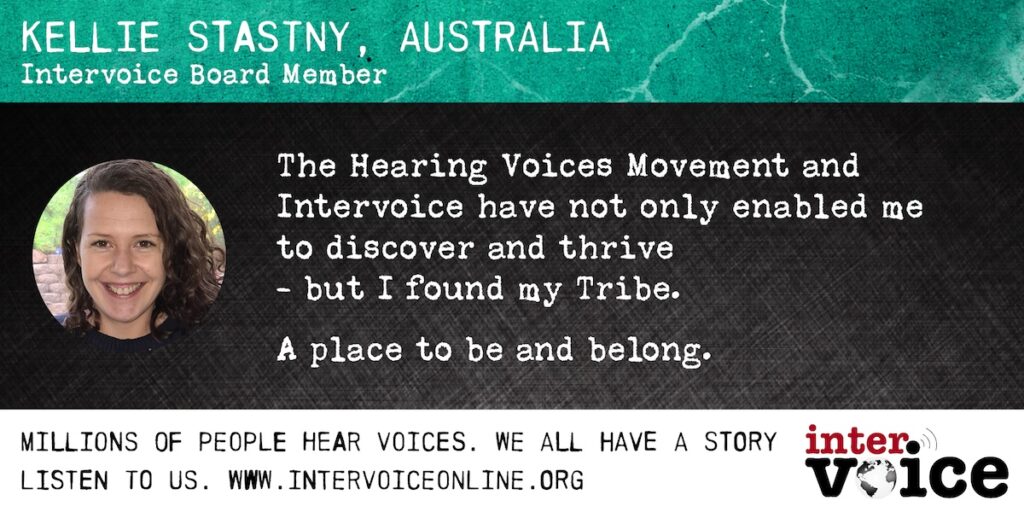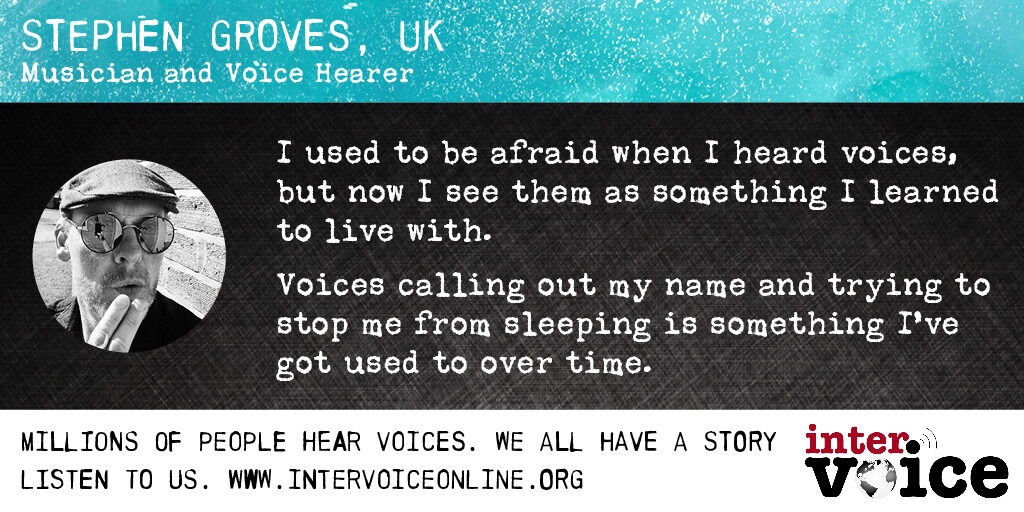On October 11, 1994, John Forbes Nash, Jr. won the Nobel Prize for pioneering work in game theory. Nash was 66 and, for most of his adult life he’d lived with the diagnoseis of paranoid schizophrenia.
Nash began his Ph.D. at Princeton in 1948 – when he was just 20. While he was still only 21, he wrote a 27-page doctoral dissertation on game theory – the mathematics of competition. Nash put a whole new face on competition, and he drew the attention of theoretical economists. They turned game theory into a tool. This young genius brought the field to fruition.
He went on to MIT and for eight years dazzled the mathematical world. He worked in economics. He even invented the game of Hex, marketed by Parker Brothers. He married in 1957. New York Times writer Silvia Nasar tells how “Fortune magazine singled him out in July 1958 as America’s brilliant young star of the ‘new mathematics.'”
Nash engaged in sporadic same-sex relationships throughout his life, despite having married a woman. As a graduate student, in his circle,his homosexuality was mostly accepted,or at least tolerated. However, upon graduation, homosexuality was less accepted in the McCarthy era government department in which he worked; he was fired from the job after being arrested for “indecent acts” in a men’s room at a public park. As an adult,Nash was involved in a serious relationship with a man, which may have contributed to his hesitancy to marry Alicia.
He began hearing voices. He’d once astonished mathematicians with his unlikely results. Now his results stopped making sense, and the dividing line wasn’t clear at first. He began looking for secret messages in numbers. He disappeared for days. He could, in Nasar’s words, “no longer sort and interpret sensations or reason or feel the full range of emotions.”
Throughout his years at Princeton (1945-1949) he believed he had a roommate while records show he lived by himself. He became paranoid and was committed into the McLean Hospital, April-May 1959, where he was diagnosed with paranoid schizophrenia and mild depression with low self-esteem. After a problematic stay in Paris and Geneva, Nash returned to Princeton in 1960. He remained in and out of mental hospitals until 1970, being given insulin shock therapy and antipsychotic medications, usually as a result of being committed rather than by his choice.
From 1970, by his choice, he never took antipsychotic medication again. According to his biographer Sylvia Nasar, he recovered gradually with the passage of time. Encouraged by his wife Alicia, Nash worked in a communitarian setting where his eccentricities were accepted.
Nash’s “hallucinations” were exclusively auditory, and not both visual and auditory as shown in the film “A Beautiful Mind”. The film also has Nash saying at the time of his Nobel acceptance speech in 1994 “I take the newer medications”, when in fact Nash didn’t take any medication from 1970 onwards.












